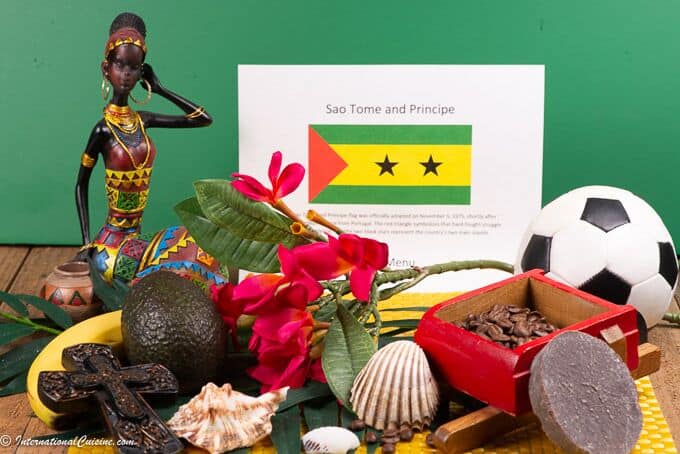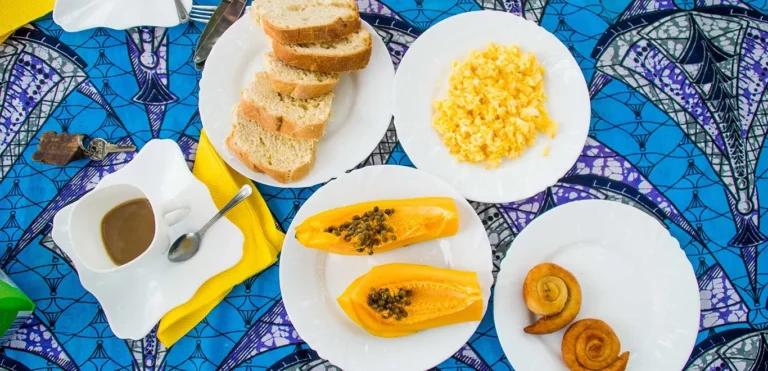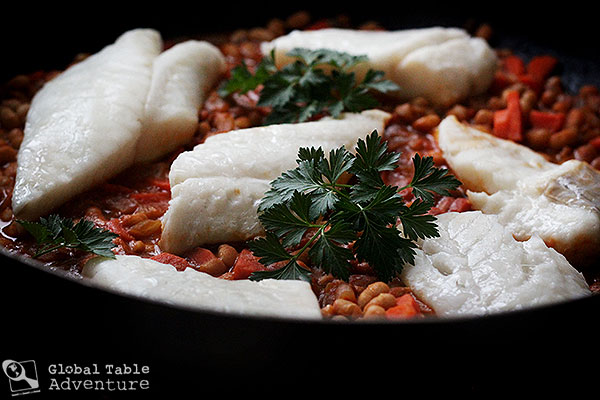Introduction: The culinary culture of São Tomé and Príncipe
São Tomé and Príncipe is an archipelago located in the Gulf of Guinea, off the western coast of Africa. The country’s culinary culture is a reflection of its colonial history, with Portuguese and African influences. Local fruits, vegetables, and seafood play a vital role in the cuisine, which is known for its bold flavors and creative use of ingredients.
Local Fruits: A variety of tropical tastes
São Tomé and Príncipe boasts a rich variety of fruits, many of which are unique to the region. One of the most popular is the banana, which is used in both sweet and savory dishes. Other fruits commonly found in local cooking include pineapple, papaya, mango, and passionfruit. These fruits are often used in desserts and drinks, as well as in marinades and sauces for meat and fish dishes.
Vegetables: An essential part of the diet
Vegetables are an essential part of the São Toméan diet, and there is no shortage of them on the islands. One of the most widely used vegetables is the cassava, a starchy root that is a staple food in many African countries. Other vegetables commonly found in local dishes include okra, eggplant, tomatoes, and onions. These vegetables are often cooked with meat or fish, or served as a side dish with rice or beans.
Seafood: A rich source of flavors
As an island nation, São Tomé and Príncipe is renowned for its seafood dishes. Fish like tuna, sardines, and barracuda are commonly caught in the surrounding waters, and are used in a variety of dishes. One of the most popular is calulu, a stew made with fish, vegetables, and palm oil. Other seafood dishes include grilled lobster, octopus salad, and fish curry.
Traditional Dishes: The fusion of local ingredients
Many traditional dishes in São Tomé and Príncipe reflect the fusion of local ingredients with Portuguese and African cooking styles. One example is muamba de galinha, a chicken stew made with palm oil, okra, and other vegetables. Another popular dish is feijoada, a bean stew made with meat and vegetables. Other traditional dishes include fish cakes, grilled seafood, and rice and beans.
Conclusion: A unique gastronomic experience
São Tomé and Príncipe offers a unique gastronomic experience that blends Portuguese and African influences with local ingredients. The use of local fruits, vegetables, and seafood in cooking is essential to the cuisine and gives it a distinct flavor profile. Visitors to the islands can enjoy a variety of traditional dishes and explore the rich culinary culture of this tropical paradise.





